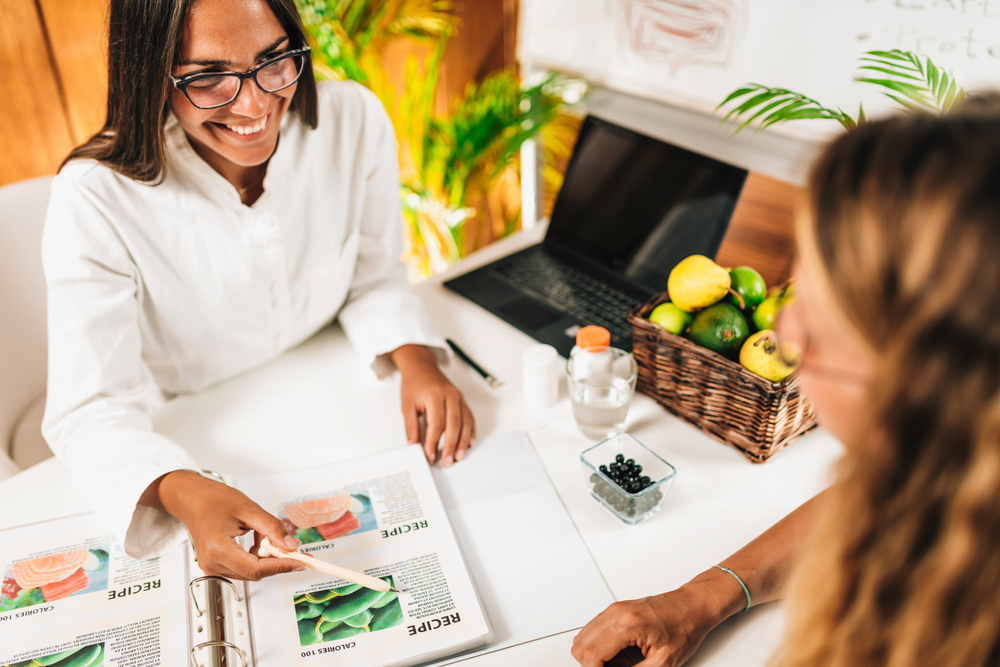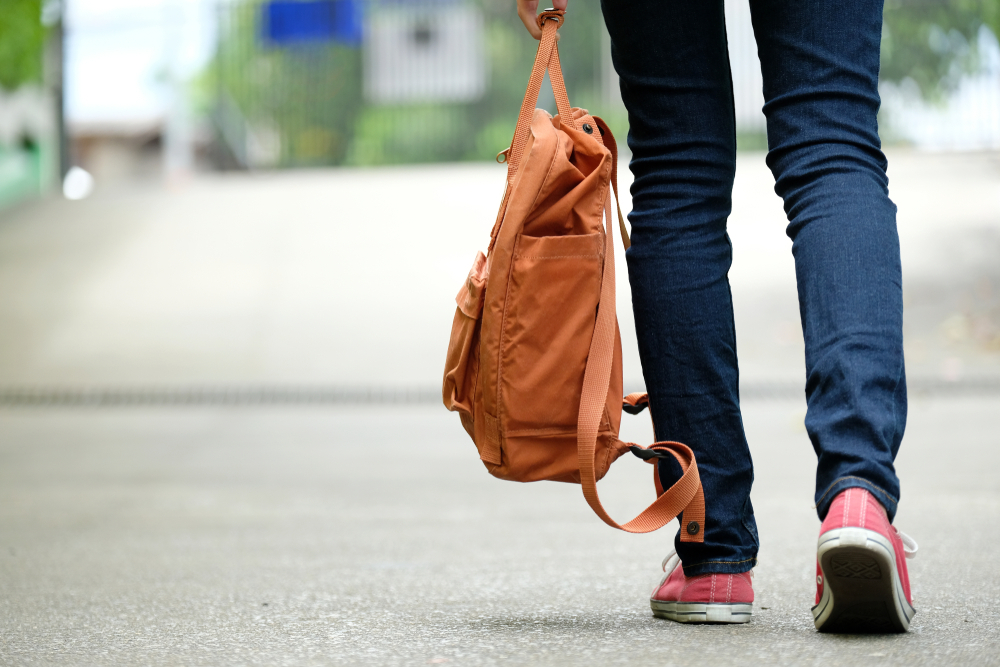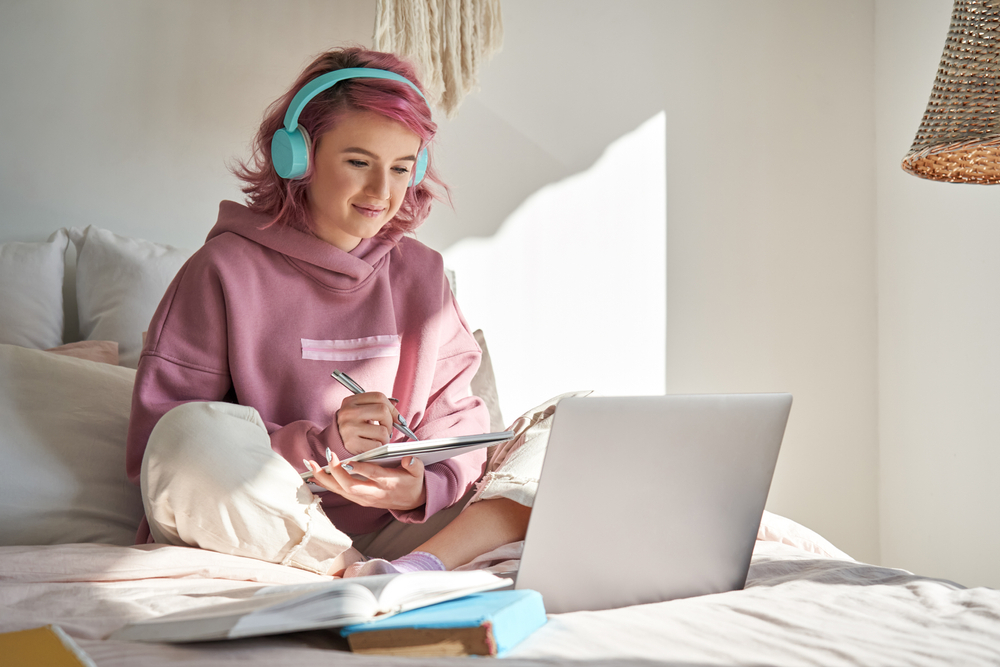3 tips for planning pandemic travel with diabetes onboard
Even as a self-proclaimed homebody, I can officially say I'm tired of being stuck at home.
The collective pandemic fatigue is real and has many of us considering how to be safe during pandemic travel, especially if diabetes is on the packing list. While so much has changed — and continues to change — as we learn more about COVID-19, related treatments, and vaccine efficacy, there are three baseline tips you can follow if you're planning a reprieve from your own four walls.
1. Continue to prioritize social distancing
While you can now start to think about expanding your range of activities, this probably isn't the time to get all your friends together in a small, poorly ventilated hotel room. Instead of dwelling on the things you can't do because of the pandemic, try to see this as an opportunity to consider vacations outside your standard travel list.
For instance, instead of a crowded cruise or theme park, consider taking the family camping, renting a houseboat, or reserving a vacation rental in a remote, scenic area. We've been researching all of these options while preparing for a quality family getaway this summer, and they're all things we haven't tried before!
Even if you're planning a vacation, that doesn't mean you'll leave social distancing behind. For instance, if a nature trip is on your radar, the National Park Service is instituting reservations for some of the more popular parks, which is great for those of us seeking to avoid large crowds.
Here are a few strategies for staying safe when venturing to a new area:
- Check state and local COVID-19 protocols, requirements, and travel restrictions ahead of time.
- Make advance reservations for lodging, camping, or dining accommodations.
- Set boundaries for yourself and stick to them if you start to feel uncomfortable. You don't need to risk your health for other people's comfort.
2. Prepare for a potential vacation extension
We've witnessed a full year of constantly changing travel restrictions and quarantine rules — and until there's more data on the virus and increased treatment options, the changes are likely to continue. Even during normal times, it's imperative to have a backup plan and pack extra diabetes supplies when preparing for a trip. These days, pandemic travel requires that and an extra level of planning.
To be fully prepared now means packing enough supplies to manage diabetes for an extra two weeks beyond your planned trip, in case you or someone you're traveling with tests positive for COVID-19 and has to quarantine. Give yourself enough runway on diabetes supply reorders to take inventory, place an order, and receive extra supplies in advance of your trip.
3. Follow smart COVID-19 precautions
Avoiding exposure to the coronavirus really is a numbers game; reduce the people you see and places you go to reduce your overall risk of exposure. Planning ahead is essential when it comes to pandemic travel. Whether you're traveling by plane, train, or automobile, you can take a number of precautions.
If you're traveling by car:
- Carry extra bottled water to ensure you stay hydrated.
- Bring your own snacks to help manage blood sugar.
- Plan out stops to avoid crowded places (you can use the "Popular Times" feature on Google to see when crowds may clear).
- Keep face masks in a sanitary location and bring plenty to change them out often.
If you're traveling by plane:
- Carry a travel-size hand sanitizer and use it before handling your diabetes equipment.
- Bring your own snacks.
- Bring an empty water bottle from home (or be prepared to purchase bottled water after the security checkpoint).
- Walk to less crowded areas of the terminal for restrooms or waiting areas.
- Sanitize any areas around your seat that you expect to touch.
- Keep your head turned away from other passengers for less exposure.
Navigating air travel (in a pandemic) with diabetes
It can also help to equip yourself with some information and insights around pandemic travel. After all, knowledge is power!
The U.S. Bureau of Transportation Statistics compiled extensive data on travel during the coronavirus pandemic. Not surprisingly, 2020 reported the lowest number of flights in a given year since reporting began in 1987. While this isn't great news for the industry as a whole, it does ease concerns of large crowds potentially spreading the coronavirus in closed settings, such as onboard a commercial aircraft.
Additionally, a recent executive order signed by President Biden requires everyone in U.S. airports and traveling on commercial aircraft to wear masks. So, if you're planning to travel by airplane, be prepared to wear your mask during the entire transportation experience. Airlines aren't required to provide social distancing provisions within aircraft cabins, but some airlines are being proactive by restricting middle seats or alerting passengers when their planned flight is fully booked. Be sure to check your airline's policies before flying out.
And even though fewer people may be flying, TSA guidelines still apply for those of us toting around a menagerie of diabetes equipment, so don't forget the basics of getting through security with your insulin pump or continuous glucose monitor.
Interested in more tips and tricks for diabetes management while navigating the COVID-19 pandemic? Check out these diabetes and coronavirus resources on the Health Insights blog.




